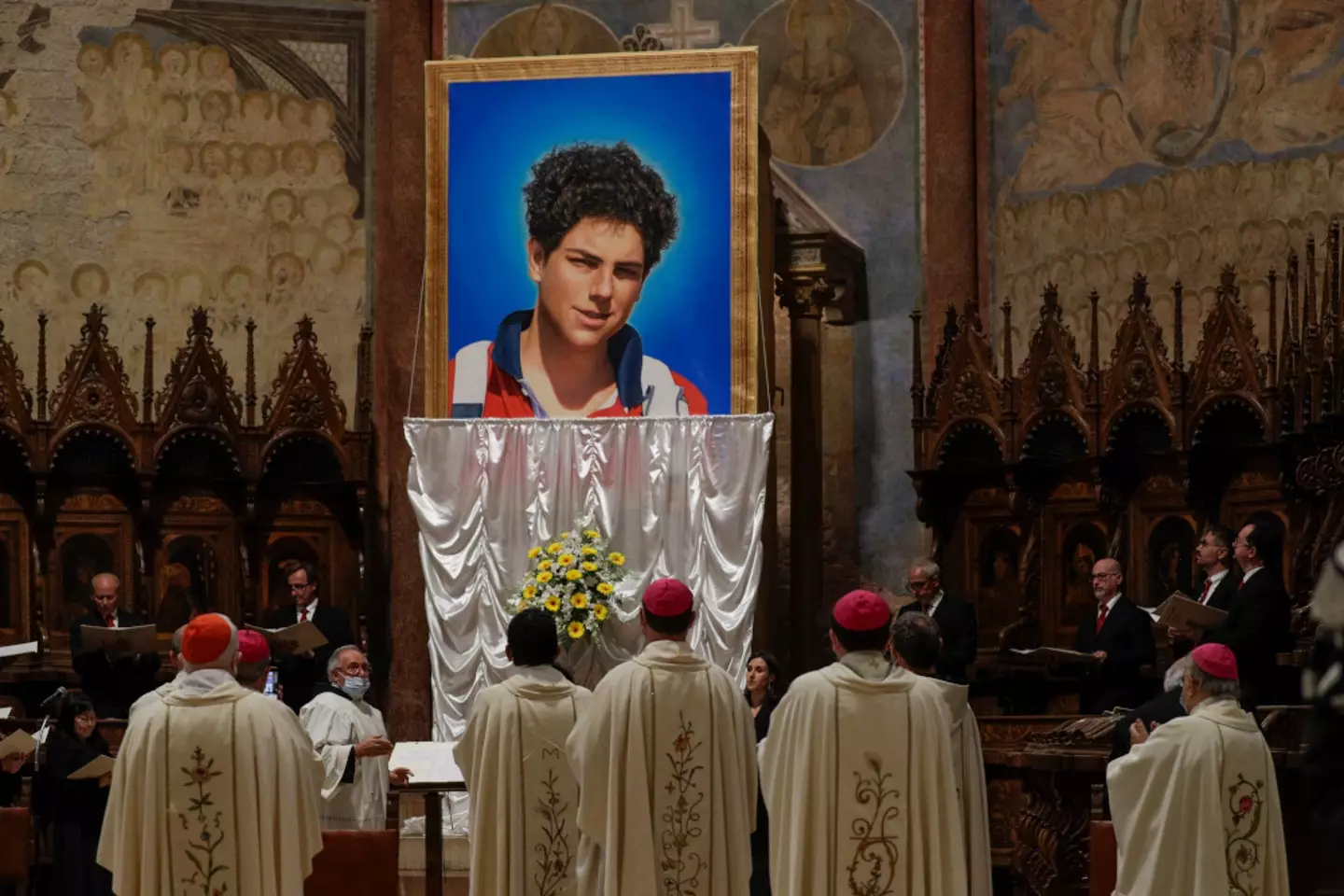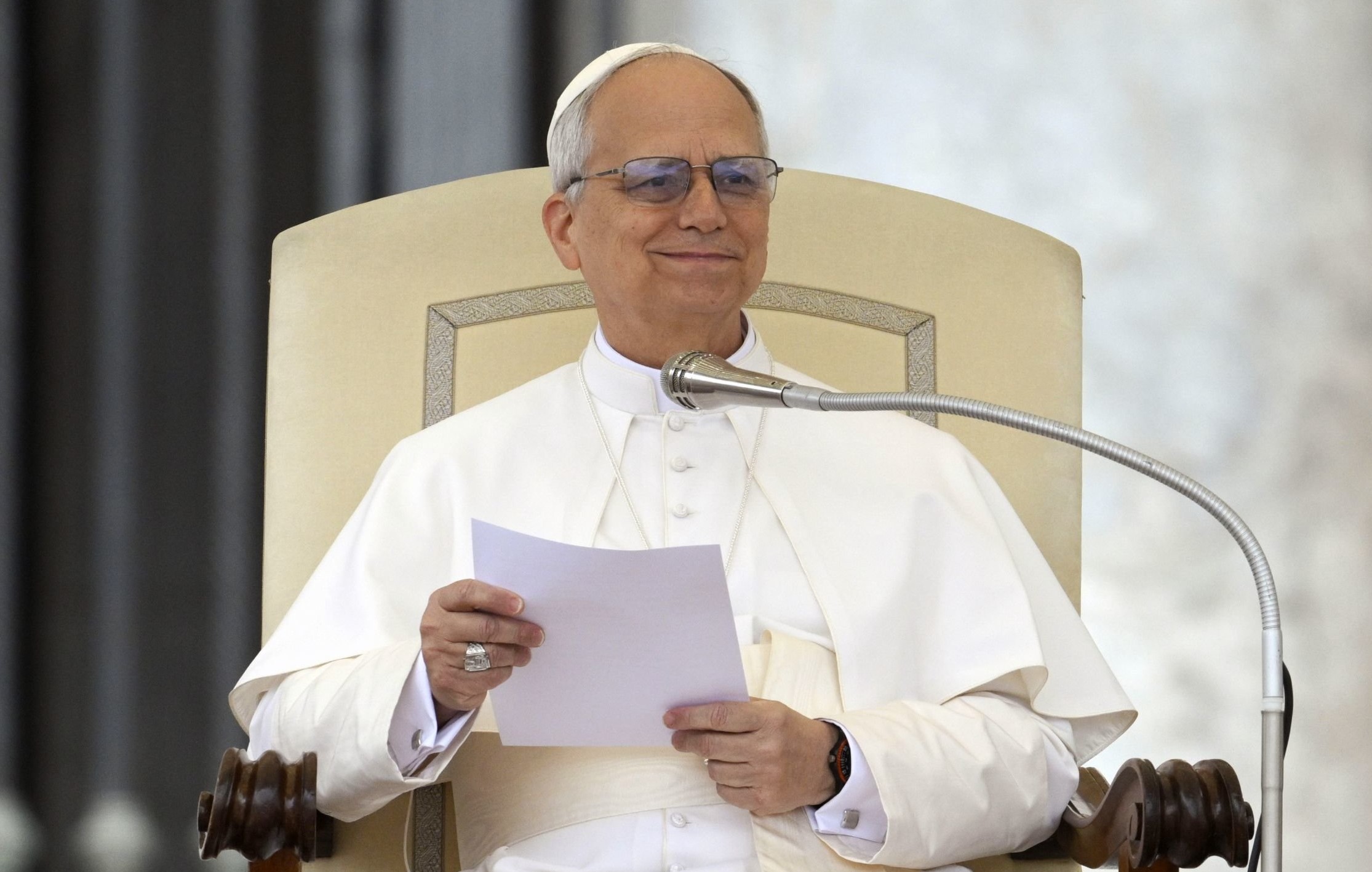A New Chapter in Catholic History Begins
The Catholic Church has seen many canonizations in its long and storied past. From the early martyrs of the Roman Empire to influential theologians of the Middle Ages, saints have been venerated for centuries for their exceptional virtue, devotion, and in many cases, miraculous intercession. Yet, a new chapter in that tradition is being written—one that reflects not only ancient faith but modern identity. For the first time in history, a saint from the Millennial generation will be canonized.
This moment marks more than a milestone in age; it’s a profound cultural shift. The world has changed dramatically in the last 20 years alone. Technology, social media, and global interconnectedness have reshaped how people live, communicate, and express their spirituality. And one teenage boy, who was just 15 when he passed away in 2006, is now poised to become a spiritual beacon for a generation that has long struggled to reconcile traditional religion with modern life.
His name is Carlo Acutis. And the journey that led him to sainthood is as extraordinary as it is humbling.
The Boy Behind the Headlines
Born in London in 1991 to Italian parents, Carlo spent much of his early life in Milan. From a young age, he exhibited traits that would later become central to his reputation: humility, kindness, and a deep dedication to his Catholic faith.
By the time he was seven, Carlo had received his first Holy Communion—a significant milestone for any Catholic child. But unlike most, his response wasn’t a fleeting celebration. He began attending daily Mass and prayed the Rosary regularly. His teachers and peers noticed a quiet maturity that stood in contrast to his age.
What truly set Carlo apart, however, was how he channeled his devotion. He wasn’t merely a pious child; he was a compassionate soul who turned his faith into action. From giving his pocket money to the homeless to preparing hot meals for those living on the streets, Carlo embodied charity in its truest form.

(AP Photo/Gregorio Borgia)
A Digital Apostle
Carlo lived in a time when the internet was beginning to transform the world. Instead of falling into the traps of virtual vanity or distraction, he saw the potential of the web as a tool for evangelization. Using his coding skills, he built websites that cataloged Eucharistic miracles around the world. His work was not only meticulously researched but also presented with a sense of awe and reverence.
Because of this, he earned the nickname “God’s influencer”—a title that combines the digital lingo of the 21st century with the timeless mission of spreading faith.
Illness and Unshakable Faith
In 2006, Carlo was diagnosed with an aggressive form of leukemia. The news stunned his family and community. Yet, true to his nature, Carlo met the diagnosis with grace. He offered his suffering “for the Pope and the Church,” and continued to exhibit patience, joy, and unshakable faith.
Within days of his diagnosis, his condition deteriorated rapidly. Despite the pain, he refused morphine so that he could remain lucid and offer his suffering for the salvation of souls. On October 12, 2006, Carlo passed away. He was only 15 years old.
He was buried in Assisi, per his request, because of his deep devotion to St. Francis. In the years following his death, stories of his kindness, virtue, and online ministry continued to circulate, drawing attention from Catholics around the world.
From Local Devotion to Global Recognition
The push for Carlo’s canonization began almost immediately after his passing. Witnesses attested to his holiness, his unwavering charity, and his remarkable spiritual maturity. His cause was officially opened in 2013, granting him the title “Servant of God.”
In 2018, Pope Francis declared him “Venerable,” affirming that he had lived a life of heroic virtue. Then came two separate accounts of miraculous healings attributed to his intercession—essential for sainthood.
Two Miracles that Defied Science
The first miracle involved a young Brazilian boy named Matheus Vianna who was born with a congenital condition known as annular pancreas. The disorder caused severe digestive issues and pain, and doctors had little hope for improvement.
Vianna’s mother, desperate for help, prayed for intercession from Carlo after visiting a local church where a relic—a piece of Carlo’s clothing—was being venerated. A priest touched the relic to the boy and prayed.
Shortly after, Matheus began to recover. According to medical experts, the condition inexplicably resolved. The Vatican conducted a rigorous investigation and concluded there was no scientific explanation for the healing.
The second miracle took place in Costa Rica. A young woman named Valeria Valverde had suffered a traumatic brain injury following a bicycle accident. Doctors offered a bleak prognosis, but Valeria’s mother traveled to Assisi to pray at Carlo’s tomb.
Soon after, Valeria began to breathe on her own and eventually made a full recovery. Again, medical experts and Vatican theologians ruled that the healing was scientifically inexplicable and could be attributed to Carlo’s intercession.
A Saint for the Digital Age
The official confirmation of these miracles fast-tracked the canonization process. Though originally planned for April 27, the ceremony was delayed following the unexpected death of Pope Francis on April 21.
Following the period of mourning and transition, Pope Leo XIV—elected in May—announced a new date for the canonization: September 7. During his first consistory, Pope Leo formally approved the sainthood of eight individuals, including Carlo Acutis.
Among the others is Pier Giorgio Frassati, another young Italian who died at 24 while serving the sick. Like Carlo, Frassati represents the kind of youthful virtue and service that the Church wishes to elevate in the modern era.
Where Carlo Rests Today
Carlo Acutis has been laid to rest in the Church of Santa Maria Maggiore in Assisi. His body, preserved and dressed in casual clothes—a tracksuit and sneakers—rests in a glass tomb that attracts pilgrims from across the globe.
His presence there isn’t merely symbolic. For many young Catholics, Carlo serves as proof that sainthood isn’t a relic of the past. It’s a living, breathing call for modern holiness. One doesn’t need to be a monk or a martyr to be a saint; one needs to live with purpose, compassion, and unwavering faith.
Canonization and the Bigger Picture
Canonization is the highest recognition in the Catholic Church. It means the individual lived a life of heroic virtue and has entered heaven, able to intercede on behalf of those who pray in their name. But it also signifies something deeper: a role model for believers around the world.
Carlo’s life, though brief, checks every box—devotion to the Eucharist, charitable service, technological innovation, and spiritual maturity beyond his years. His upcoming canonization will not only be a historic moment for the Church but also a significant cultural event.
It invites reflection on the role of young people in faith communities, the power of modern tools to serve ancient missions, and the enduring need for compassion in an often divided world.
Looking Ahead to September 7
The ceremony on September 7 promises to be more than just a religious observance. Pilgrims, clergy, and heads of state are expected to attend. Digital live streams are already planned, ensuring that millions will witness the event remotely.
The Vatican hopes that Carlo’s canonization will spark renewed interest in faith among youth. Religious educators have already begun incorporating his story into curriculums, and dioceses worldwide are encouraging youth groups to learn about his life and emulate his virtues.
Conclusion: A Light for a New Generation
In every era, the Church lifts up saints whose lives reflect the challenges and opportunities of their time. Carlo Acutis is the saint of the smartphone age, of social media, of coding and websites—and yet also of profound reverence, humble service, and timeless love.
His canonization is not just about honoring the past. It is about lighting the way for the future.

